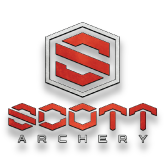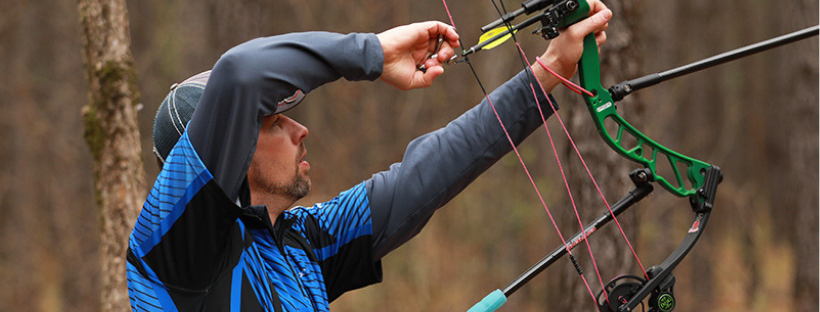
Being consistently accurate is what all bowhunters, target archers and recreational shooters desire. Unfortunately, most believe it is related to their equipment when they are struggling. And it’s just a guess but I’d venture to say that 95% of all upgrades in purchases of equipment are driven by the mentality of “it will make me better.”
Buying accuracy is something that is legitimate; you can purchase better equipment and shoot better scores by becoming more accurate. But I think the question that really needs to be asked first is: “am I as accurate with my current equipment as possible?”
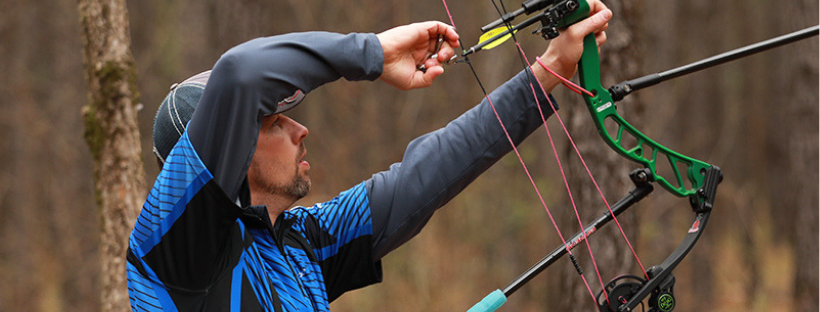
Most of the time that answer is NO!
But, would you use another piece of equipment more consistently which will bring more accuracy?
Soul searching is always a good thing, and being completely honest with ourselves is sometimes really hard to do. Or it could be that we aren’t even sure what being completely honest with ourselves is even about when it comes to archery. From this point I could go in a number of directions with this article but I want to focus in on one area: Target Panic!
Target panic is so broad, so deep and so long that it is hard to measure or quantify.
Just a couple examples of questions you might ask yourself:
- If I struggle to hold to my pin in the middle of the dot without systematically punching the trigger is that common?
- Should I be able to aim without any urges to fire the release?
- How come I struggle hanging up low under the target with my pin when I am aiming?
- Why does my body involuntarily convulse at times when I am trying to shoot?
Over the years I have heard so many different problems relating to target panic that nothing surprises me when I hear of a new issue. The mind is so powerful that it will automatically take control of situations even when you are trying to control it. To me, that is the exact definition of target panic. Your subconscious mind has been trained to do something a certain way and it only knows how to do it that way unless you reprogram it.
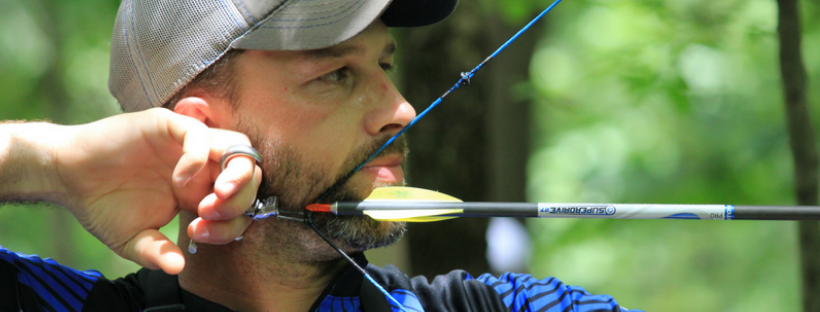
The good news is that it can most certainly be retrained. The bad news is that it takes a serious amount of time and training to overcome. I might add that most people get worse (in terms of accuracy) before they get better. And because it is so different for every person there is no prescription that cures all symptoms. However, there are exercises and training tools that can help any archer.
Without changing any current equipment, simply draw the bow, with no intention of shooting the arrow, and just aim.
By doing this exercise you will imprint in your subconscious mind that your pin can go to the middle of the target with ease. After about 3-5 seconds of aiming the pin in the middle let the bow down and rest for about 15-20 seconds. Repeat the process as many times as you can without tiring out. This is an exercise that can be done at any point, whether you do or do not have target panic.
Another great exercise to reprogram the subconscious mind is to use visualization.
This will cost nothing except time. And I have found that it will it is a good way to become a great archer. I’ll walk you through how I visualize shooting an indoor round and you can apply your own methods based around the same ideas.
- First, I go to a quiet room in my house, close the door and turn off the lights. By making the room dark I find it easier to let my mind see what I want it to see. Your subconscious mind doesn’t know if this is really happening or if you are using visualization so the imprint that it leaves is whatever you see happening.
- I begin to visualize myself shooting my bow in a tournament setting. Being very specific with all the details. I first see and feel my bow in my left hand and envision myself loading an arrow in my own detailed way. I can feel the nock of the arrow and how it snaps on the string.
- I then go through the process of drawing the bow into my pre-aim.
- I then feel the release in my hand as it makes its way into the anchor position and I see the target through my peep sight with the pin holding dead center with just a slight amount of movement. If feel the perfect execution as the shot fires and the follow through finishes the shot.
- I repeat the shooting process in my head until the round is finished. Remember to make it very detailed. I visualize the other people shooting, the sounds going on in the room and I can feel the breeze of the air turning on. Make it real. And if you are a hunter you can visualize the perfect shot happening on a big bull elk or trophy whitetail. Remember to feel and see it all in your mind just like you want it to happen and stay focused. Don’t wander off. If you are wondering and your thoughts are drifting then you have concentration issues.
I struggle with concentration usually the first few days of trying to visualize a complete indoor round in my mind but after a few days of trying to stay focused I can complete the full round uninterrupted. A great book on this subject is called “With Winning in Mind” by Lanny Bassham. I highly recommend it.

If you are accustomed to using an index trigger finger release then I can easily suggest trying a Scott HEX (this is an instance where purchasing a new product can actually make you better). It is a hinge style release that uses a wrist strap and can be shot with one or two fingers.
I recommend using the release without a click in the travel to help reduce the anticipation of firing the shot. It is extremely adjustable in length and travel to accommodate your specific style. Most shooters using a hinge style release for their first time will need some instruction on how to set it up and shoot it correctly. Instruction is key to success. And when used over a course of several weeks you will see improvements in your ability to aim the bow and execute at the same time.
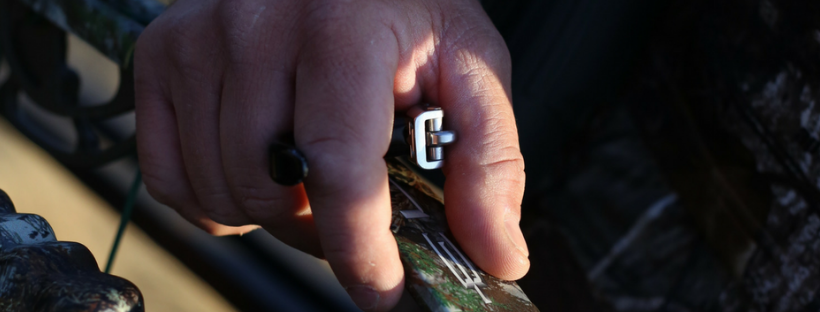
Remember: retraining the mind is not something that happens quickly. Be all in for the long haul! Good luck.
